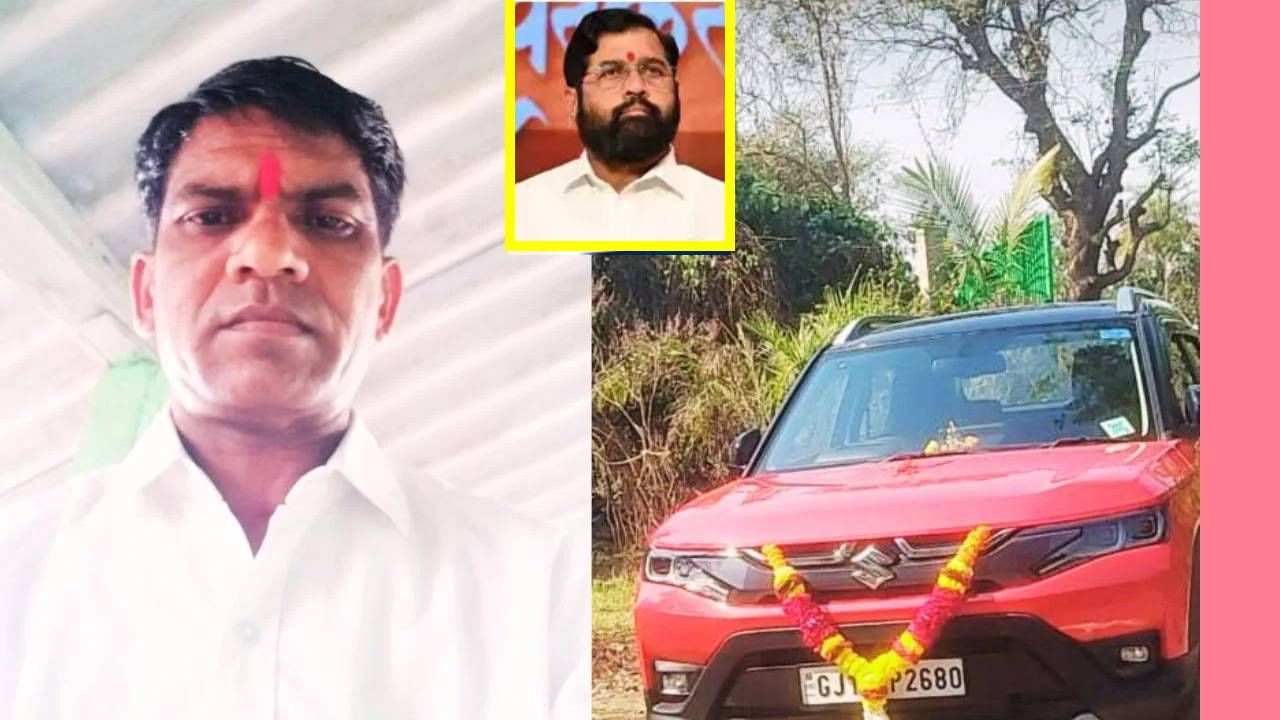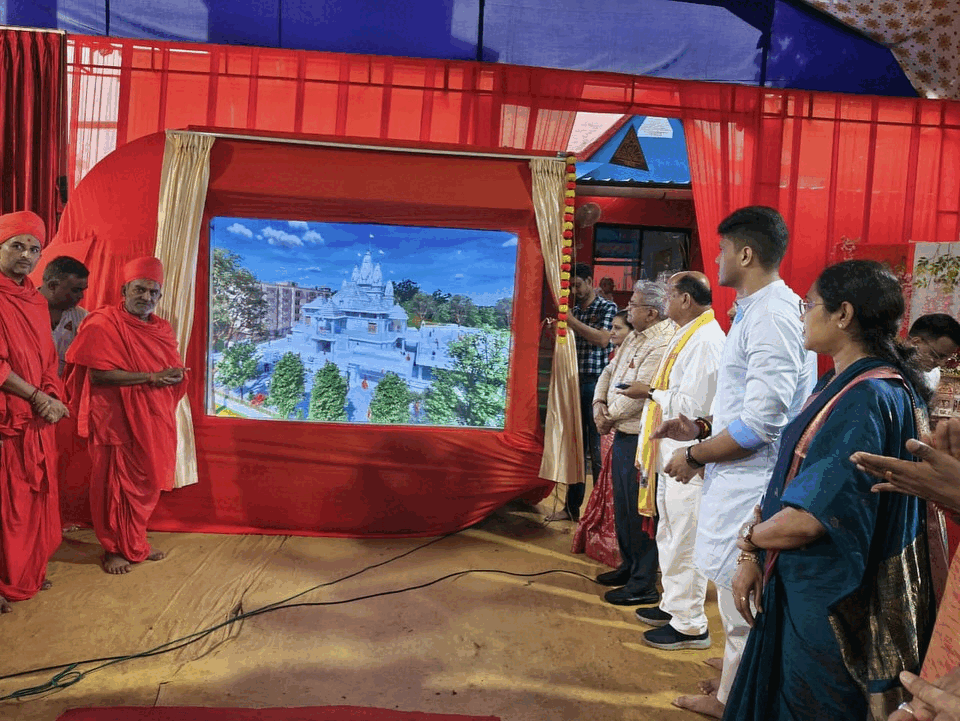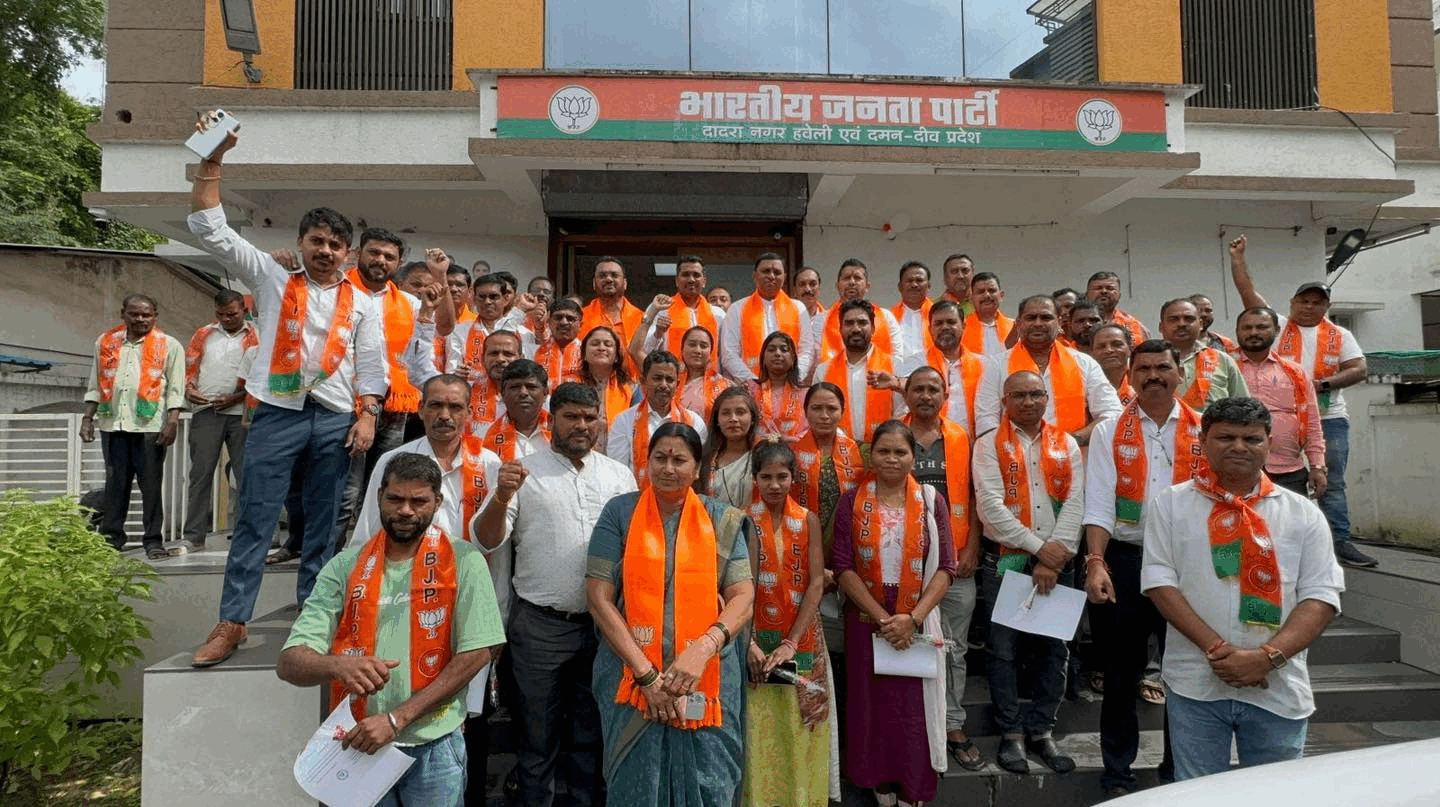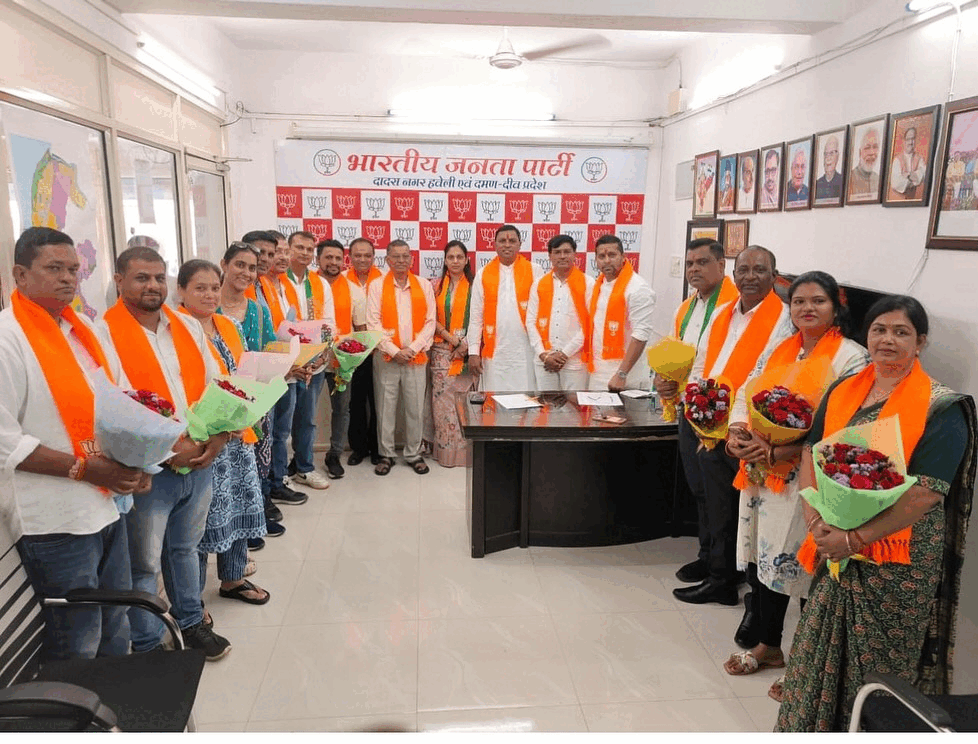Education Infrastructure Boost in Dadra & Nagar Haveli – Focus on Girls' Schooling and Tribal Access
The UT administration has undertaken a major initiative to upgrade school infrastructure, improve enrollment, and promote girls' education. Several village schools are being modernized, with digital classrooms and sanitation facilities prioritized.

Suraj SIngh
As part of a mission to improve educational access in tribal and underdeveloped regions, the Dadra & Nagar Haveli administration is investing in rebuilding rural schools, expanding digital infrastructure, and driving higher enrollment of girl students. The region is witnessing steady gains in literacy and school attendance.
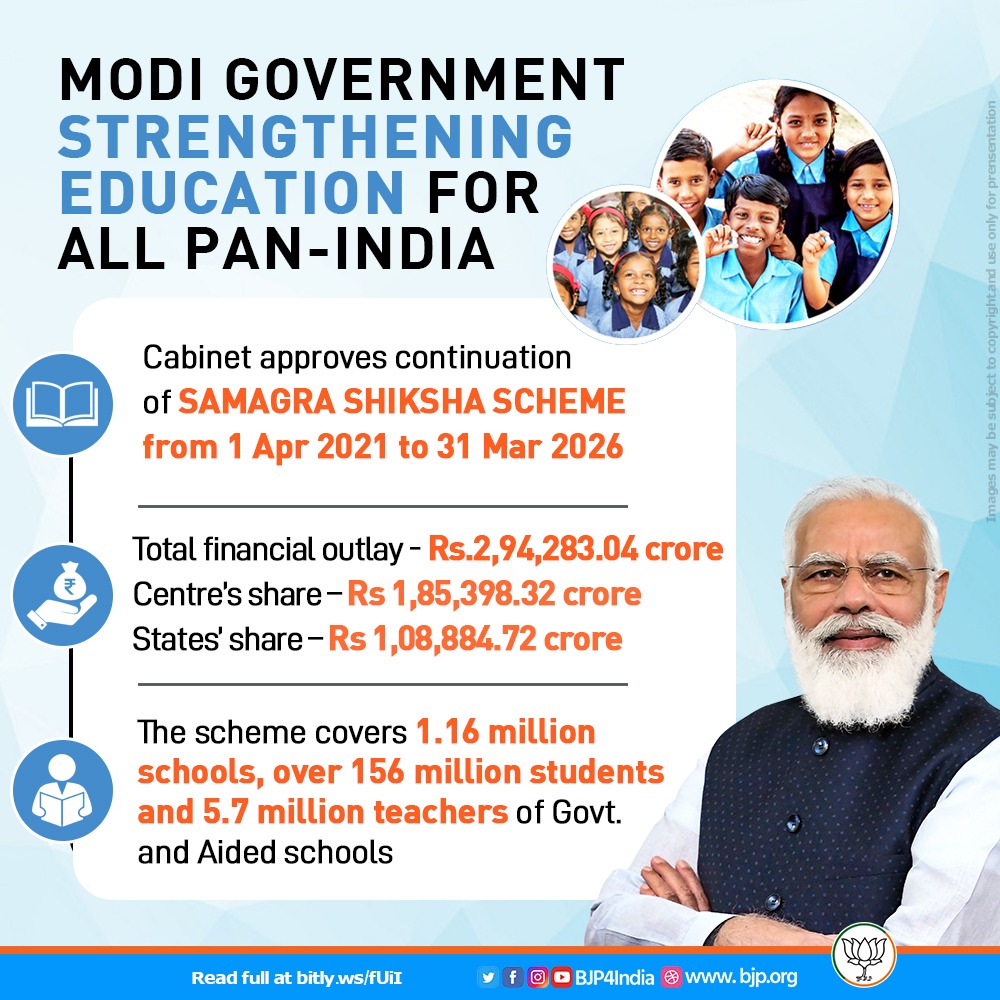
Press Post Silvassa
In a move that signals a strong commitment to inclusive education, the Administration of Dadra & Nagar Haveli has rolled out an extensive plan to upgrade school infrastructure and improve learning outcomes across the Union Territory. The initiative comes under the broader goal of “Education for All”, targeting both tribal and underprivileged areas.
According to official data, the current literacy rate in the UT is 77.6%, but challenges remain in remote villages where dropout rates among tribal children and girls are still high.
Key measures announced:
-
Reconstruction of over 45 government schools in remote zones like Dudhani, Kauncha, and Khanvel.
-
Smart classrooms, digital boards, and computer labs to be installed in 25 secondary schools by October 2025.
-
Sanitary facilities for girls and boundary wall construction to improve safety and hygiene in co-ed campuses.
In Silvassa, a model government school for girls has been inaugurated with full digital infrastructure, science labs, and career guidance services. The school aims to be a pilot project for future institutions across D&NH.
Local officials noted that under the Samagra Shiksha Abhiyan, funding for school renovations and academic aids has increased by 22% over the previous year. Textbooks, uniforms, and scholarships are also being distributed efficiently through local education centers.
Special attention is being given to:
-
Girl students from tribal families through counseling and transport support.
-
Midday meal enhancements to ensure nutritional support, especially in primary schools.
Teachers from rural schools are also being trained under digital learning workshops and interactive pedagogy modules, with support from national agencies like NCERT.
Parents’ associations and village panchayats have been roped in to ensure community participation and reduce absenteeism.
Officials hope that by March 2026, enrollment in rural government schools will rise by 18–20%, particularly among female students and first-generation learners.
Key Insights:
-
Over 45 village schools under reconstruction.
-
Smart classes and sanitation focus for girls.
-
Literacy push via digital tools and midday schemes.
-
Goal: 18–20% rise in enrollment by 2026.
What's Your Reaction?














